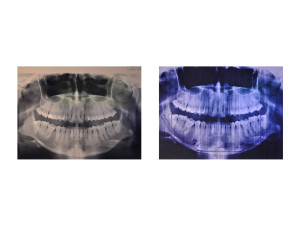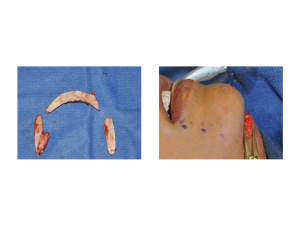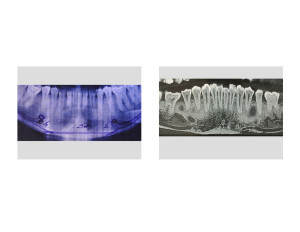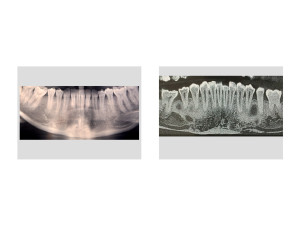Chin reduction surgery is sought for those patinets afflicted with a chin that is too strong or protrusive. A large chin can exist in numerous dimensions, albeit being vertically too long, too horizontally forward or too wide. In many cases the chin protrusion is caused by at least two and sometimes all three dimensional excesses.
Intraoral chin reduction is reserved for a minority of large chin patients. A chin that is too vertically long can be reduced by a wedge reduction bony genioplasty. But chins that are too far forward should not be reduced by shaving or setback genioplasties. This will lead to soft tissue chin problems of redundancies and/or chin ptosis. (sagging)
A submental chin reduction is the most effective technique for a chin that needs multiple dimensional changes. It is preferred because it can deal with the resultant soft tissue excess that results from loss of bone support. It also provides direct access for reducing the jawline behind the chin along the inferior border.



The use of a panorex x-ray in submental chin reduction is a valuable presurgical tool which is of greatest importance when bone needs to be removed along the jawline behind the chin.
Dr. Barry Eppley
Indianapolis, Indiana



